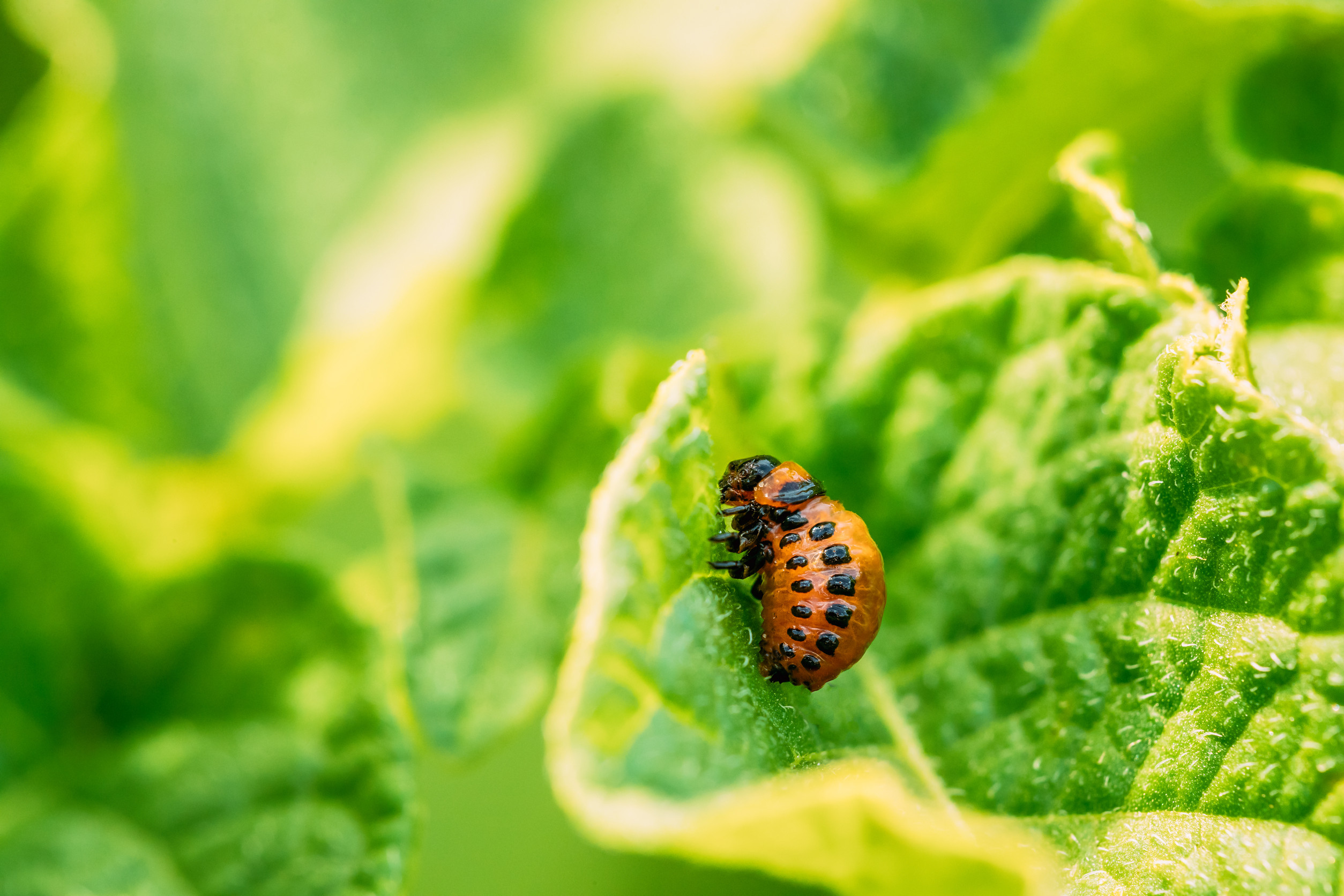
Image Source: 123rf.com
You plant them with love, water them with care, and admire their beauty from the porch swing—only to realize later that your so-called “green jewels” are basically throwing a party for bugs. Yep, some of the most common and beloved plants in your yard are secretly attracting pests like magnets.
Aphids, mosquitoes, and beetles don’t care how pretty your garden looks—they just see it as an all-you-can-eat buffet. The kicker? Many of these pest-friendly plants are hiding in plain sight, and you may have no idea they’re the reason you’re constantly battling infestations.
Roses: Aphid Magnets in Disguise
Roses may be the symbol of love and elegance, but they’re also the go-to snack for aphids. These tiny green bugs cluster on the tender stems and buds, sucking the life right out of your blooms. To make things worse, aphids leave behind a sticky substance called honeydew, which attracts ants and can lead to sooty mold.
What starts as a romantic flower bed can quickly become a pest theme park. If you’re determined to keep roses, regular inspection and natural pest control methods like ladybugs are key.
Sunflowers: Beetle and Bird Feeders
Sunflowers brighten up any garden with their cheerful yellow faces, but they’re also irresistible to beetles, moths, and even hungry birds. The large, seed-filled heads are basically an open invitation for pests to hang out and feast. Japanese beetles, in particular, love to gnaw on the broad leaves, leaving behind lace-like damage. While sunflowers look sturdy, too much pest pressure can weaken them over time. The trick is to balance your admiration with vigilance—netting or companion planting can keep the invaders at bay.

Image Source: 123rf.com
Lavender: Mosquito Myth-Buster
Lavender often gets praised as a mosquito repellent, but here’s the twist—it can actually attract other pests. While mosquitoes may dislike its strong aroma, moths, whiteflies, and even spittlebugs find lavender irresistible. These sneaky insects can burrow into stems or linger around the flowers, causing damage you might not notice right away. So while your lavender may smell heavenly, it’s quietly hosting a pest convention. Keep it under control with good airflow, pruning, and occasional rinses to discourage freeloaders.
Tomatoes: A Buffet for Caterpillars
Tomatoes are a garden staple, but to pests, they’re a five-star meal. Hornworms, aphids, and whiteflies love to take a bite—or ten—out of your plants. These pests can strip leaves, weaken stems, and even ruin the fruit before you get a chance to harvest. What makes it worse is how fast infestations can spread, often overnight. Gardeners swear by hand-picking hornworms or using natural deterrents like neem oil to keep the tomato buffet closed.
Hostas: Slug and Snail Central
Hostas are the darlings of shade gardens, but if you’ve ever noticed ragged holes in their lush leaves, you’ve got slugs or snails to thank. These slimy pests adore the broad, juicy foliage and often munch away under cover of night. Because hostas thrive in damp, shady spots, they create the perfect environment for slugs to multiply. Left unchecked, they can reduce your once-glorious hostas to shredded green pancakes. A little diatomaceous earth or beer traps can work wonders for slug patrol.
Beauty Isn’t Always Pest-Free
It’s a cruel twist of gardening fate—some of the prettiest and most popular plants are the very ones that pests can’t resist. Roses, sunflowers, lavender, tomatoes, and hostas might charm your eyes, but they also charm the insects you’d rather not invite over. The good news? Awareness is half the battle, and with the right strategies, you can outsmart these freeloaders without ditching your favorite plants.
Have you discovered a “pest magnet” plant in your own garden? Share your stories, tips, or even frustrations in the comments below.
You May Also Like…
7 Plants That Attract Dangerous Pests without You Realizing It
10 Natural Ways to Control Pests in Your Vegetable Garden
The One Plant That Can Save Your Entire Garden From Aphids
5 Bugs in Your Garden That Could Be Destroying Your Home’s Foundation
Why Your Raised Beds Might Be Working Against You
Leave a Reply